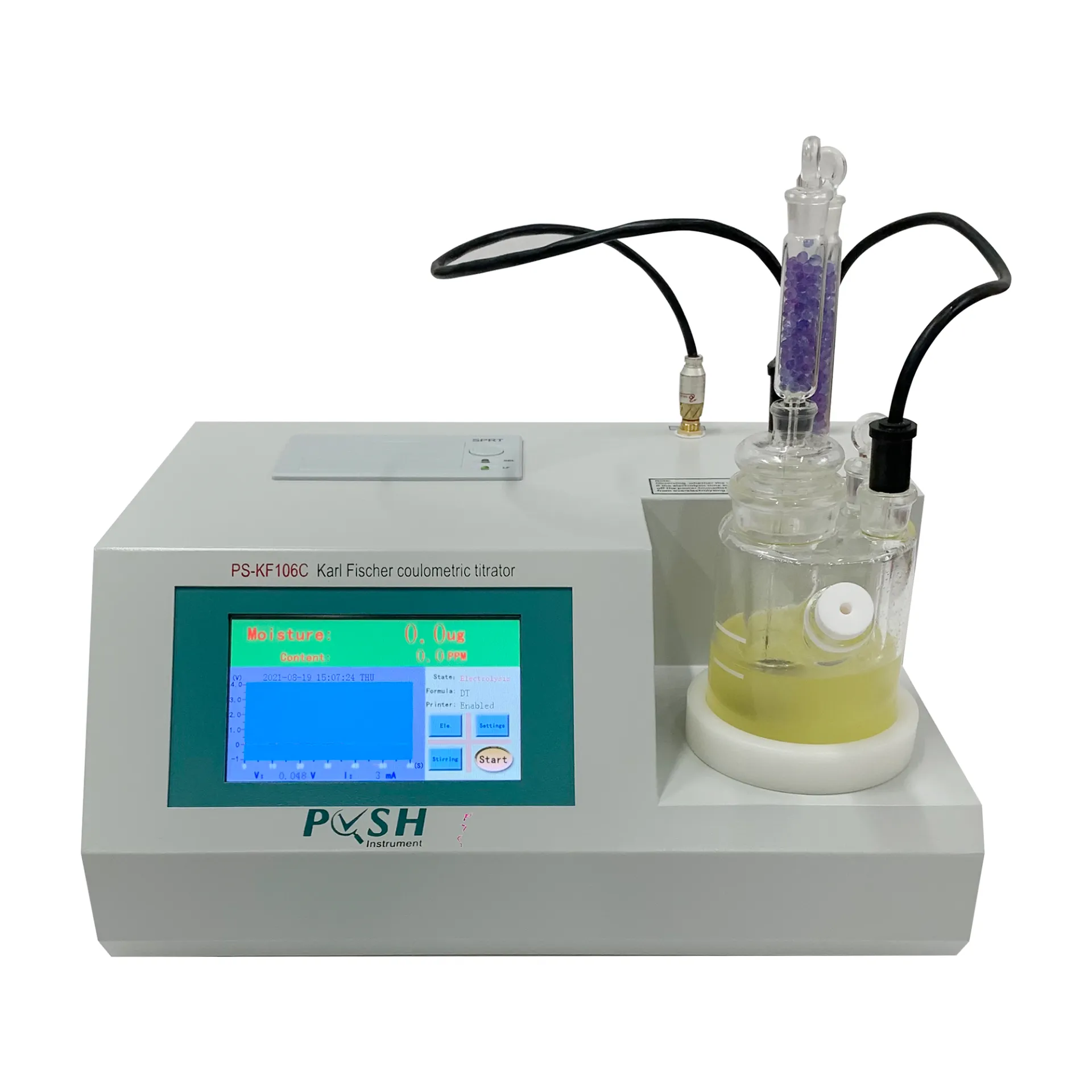 English
English


hipot insulation tester
Understanding the Importance of Hipot Insulation Testing
In today’s rapidly advancing technological landscape, ensuring the safety and reliability of electrical equipment is paramount. One crucial aspect of this safety is the insulation integrity of electrical devices, which can be effectively assessed using a Hipot (high potential) insulation tester.
The term Hipot refers to tests designed to evaluate the insulation properties of electrical equipment under high voltage conditions. This process is essential for preventing electrical shocks, short circuits, and potentially catastrophic failures that could arise from degraded insulation. Insulation testers are vital tools in various industries, including manufacturing, telecommunications, and energy.
How Hipot Testing Works
Hipot testing involves applying a high voltage, typically between 500 to 5000 volts, to the equipment under test, while measuring the current that flows through the insulation. The goal is to ensure that the insulation can withstand the specified voltage without breaking down. In essence, this test simulates the conditions that the equipment might face in real-world applications, allowing technicians to identify any weak points in the insulation before the device is put into service.
The most common types of Hipot tests are the dielectric breakdown test and the insulation resistance test. The dielectric breakdown test is designed to push the insulation to its limits, while the insulation resistance test measures the ability of the insulation to resist current flow at a defined voltage.
The Importance of Insulation Testing
With the increasing reliance on electronic devices, the need for stringent testing protocols has never been more critical. Faulty insulation can lead to dangerous situations, including electrical fires and equipment failures. By employing Hipot testing, manufacturers can ensure their products meet industry standards and regulatory requirements, ultimately protecting end-users from potential hazards.
hipot insulation tester

Moreover, routine insulation testing can help extend the life of electrical equipment. Over time, environmental factors—such as humidity, temperature fluctuations, and physical wear—can degrade insulation materials. Regular Hipot tests help identify these issues early on, enabling timely maintenance or replacement, thereby reducing unexpected downtime and repair costs.
Best Practices for Hipot Testing
To achieve accurate and reliable results, several best practices should be followed during Hipot testing. First, it is essential to select the appropriate voltage level for testing based on the equipment’s specifications. Over-testing can damage components, while under-testing may not reveal insulation weaknesses.
Additionally, technicians must ensure that the equipment is de-energized and properly grounded before commencing the test. Safety is paramount; therefore, operators should wear appropriate personal protective equipment (PPE) and follow established safety protocols.
Finally, documenting test results is crucial. This provides a historical record for assessing the insulation condition over time and helps in making informed decisions regarding maintenance and replacement.
Conclusion
Hipot insulation testing plays a vital role in ensuring the safety and reliability of electrical equipment. By understanding its importance and implementing best practices, businesses can safeguard their assets, minimize risks, and enhance the longevity of their products. As the demand for reliable electrical systems continues to grow, the role of Hipot testers will remain invaluable in the quest for electrical safety.
-
Differences between open cup flash point tester and closed cup flash point testerNewsOct.31,2024
-
The Reliable Load Tap ChangerNewsOct.23,2024
-
The Essential Guide to Hipot TestersNewsOct.23,2024
-
The Digital Insulation TesterNewsOct.23,2024
-
The Best Earth Loop Impedance Tester for SaleNewsOct.23,2024
-
Tan Delta Tester--The Essential Tool for Electrical Insulation TestingNewsOct.23,2024





